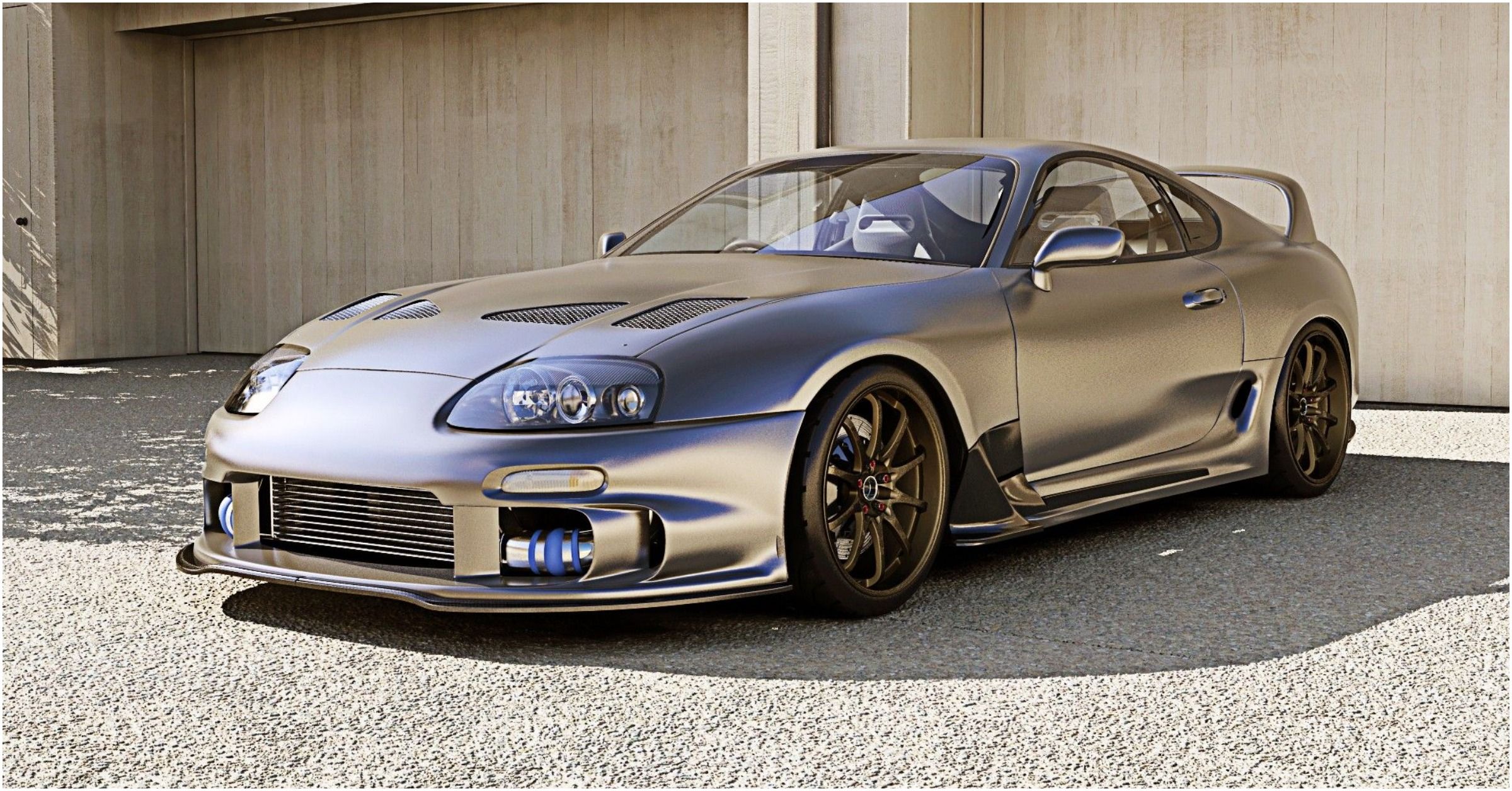

The growing popularity of those magazines was conveniently timed with a wave of Japanese supercars coming to U.S showrooms, such as the all-new Honda NSX (badged as an Acura in the U.S.) and Mitsubishi 3000GT VR4. Are all japanese cars jdm : Cartalk Yesterday a friend of mine said all japanese cars define as jdm, I wasnt realy sure about this but i didnt had any arguments to start a Press J to jump to the feed. Are you looking for a car that packs in all the style and performance of a Japanese Domestic Market (JDM) vehicle but without breaking the bank If so, then you’re in luck We’ve gathered together some of the best JDM cars available today that won’t break your budget. The JDM vehicles have the intention to sell those models only in Japan Nd, not outside the country. The Acura Integra, Honda Civic, Mitsubishi Eclipse, and Nissan 240SX were among the most common models featured in these magazines. But all Japanese manufactured vehicles are not JDM. But the real pivot came in the 1990s, when magazines like Sport Compact Car and Super Street focused on the growing enthusiasm for Japanese “ tuner cars ” and the enthusiast culture forming around them. JDM vehicles are powerful and have modularity so you can build upon them. JDM stands for Japanese Domestic Market, which refers to the cultural phenomenon centered around modified Japanese vehicles, particularly sports cars and. That started to change in the 1980s, as sporty two-door coupes like the Honda Prelude, Mazda RX-7, Nissan 240SX, and Toyota Supra and Celica joined the Nissan 300ZX in U.S. That’s not to say Japan ’s performance car industry didn’t exist before 1990, but the average American’s awareness of Japanese domestic market models (or JDM cars ) was minimal, at best.

From the perspective of USA -based car enthusiasts, performance-oriented Japanese cars have gone from obscure to mainstream over the past 30 years.


 0 kommentar(er)
0 kommentar(er)
